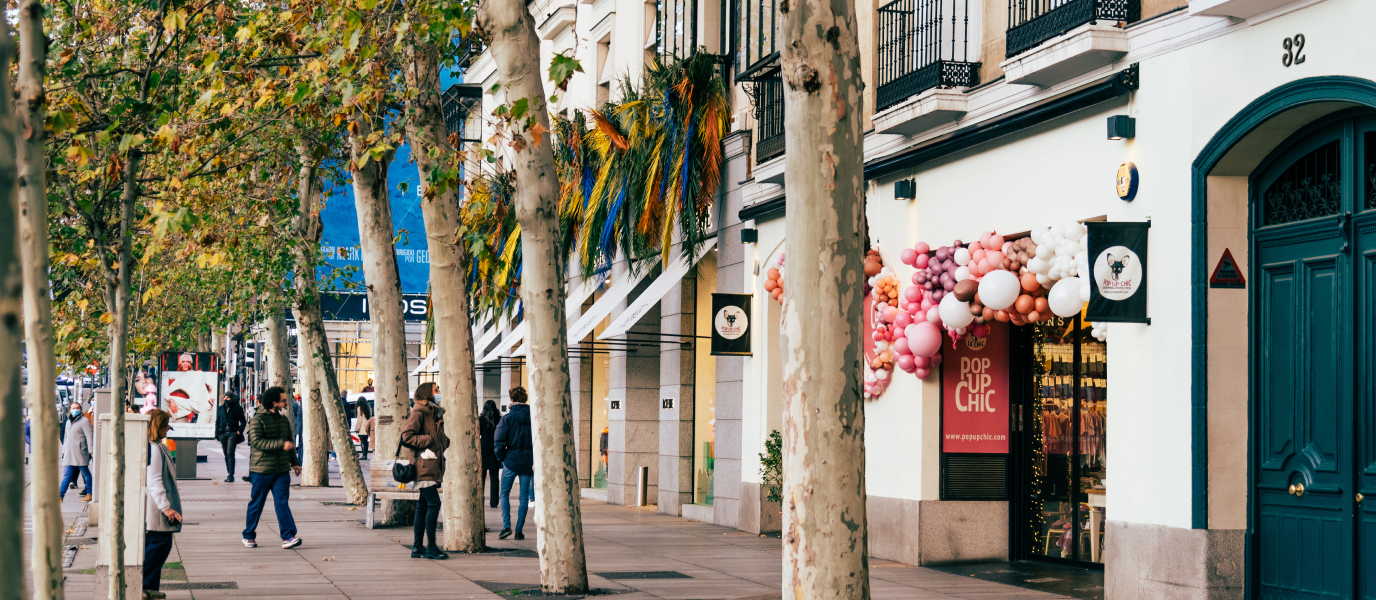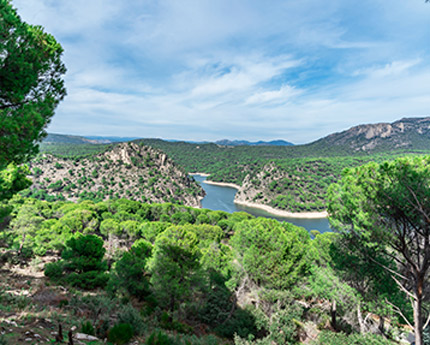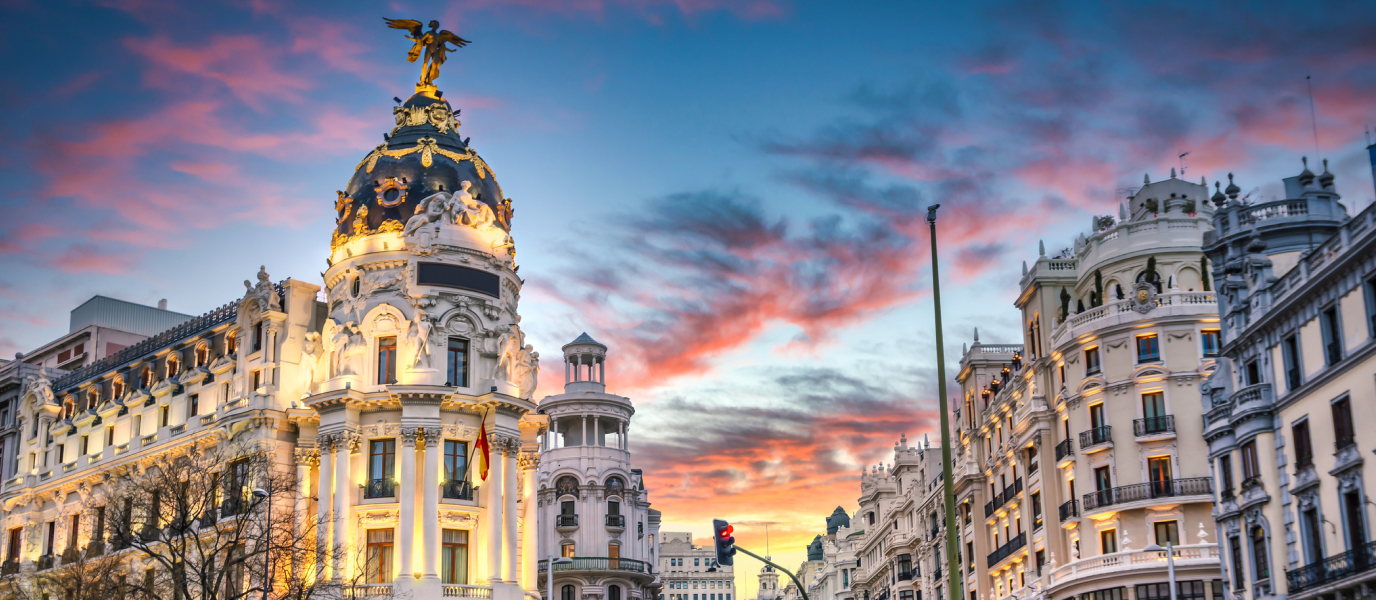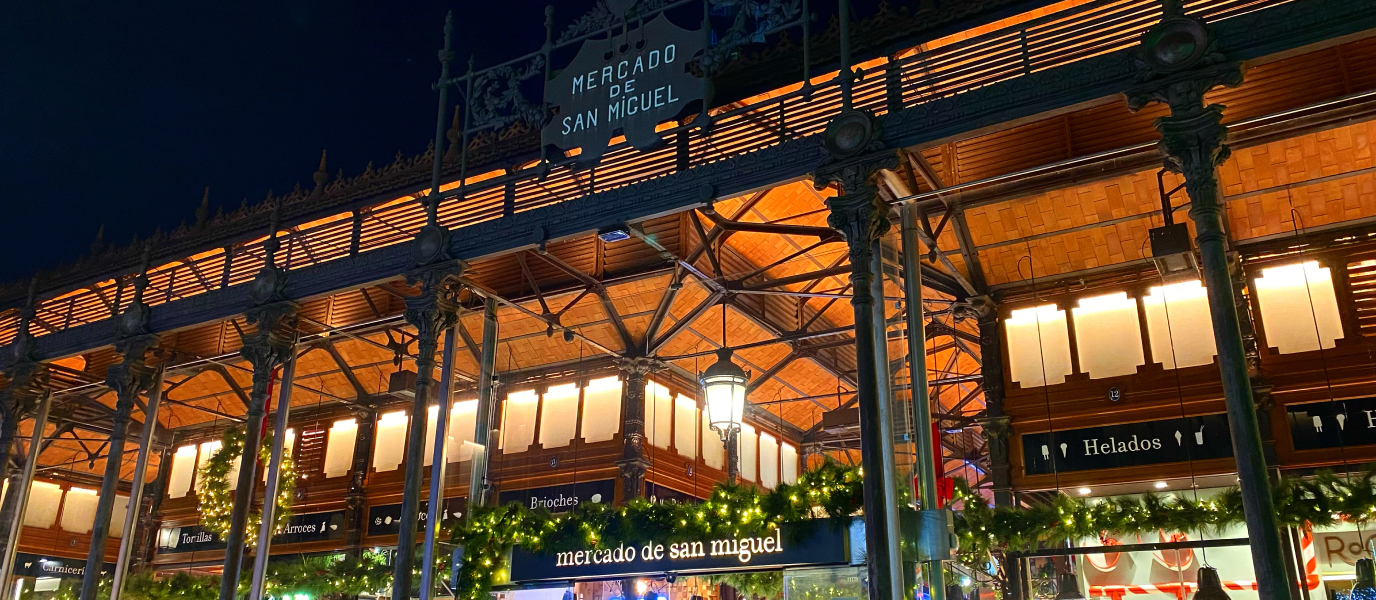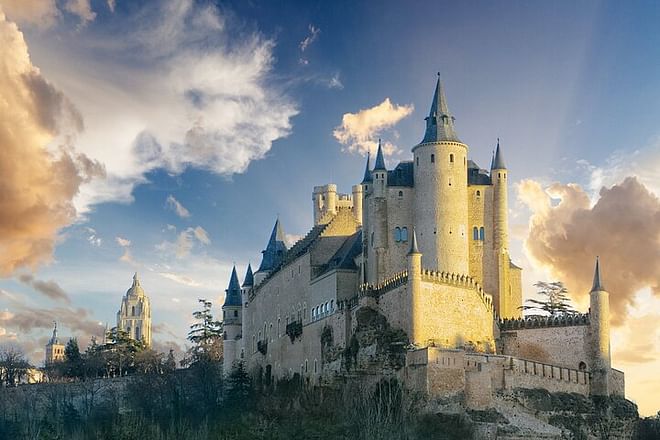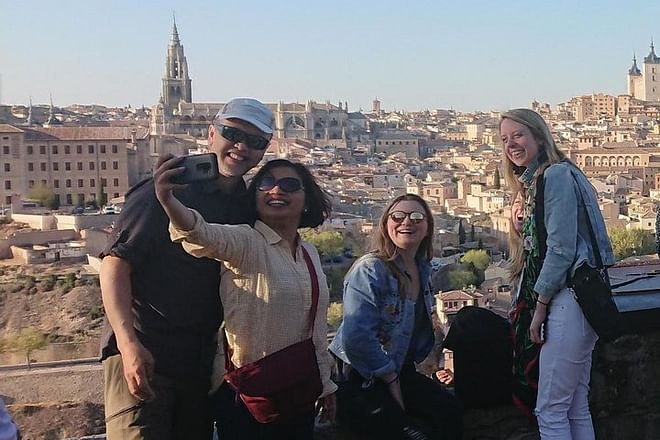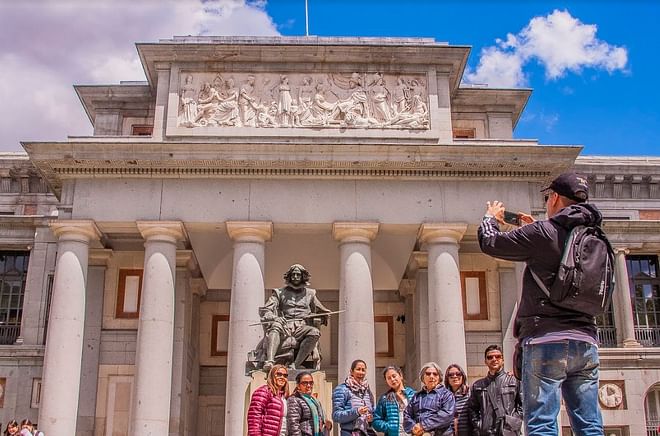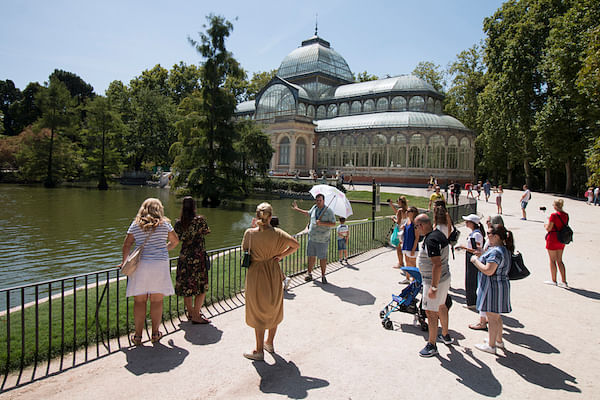Serrano is the most glamorous shopping street in Madrid. Those looking for the best place to go shopping will find top designer brands, from Loewe and Chanel, to Dior and Louis Vuitton, as well as Gucci, Hermès, Prada and Valentino. It’s no wonder it’s known as ‘the golden mile’. But if you can’t cope with the exorbitant prices of some of the luxury shops, there’s always the department store El Corte Inglés, Cortefiel and Zara.
The street, one of the main thoroughfares in the Salamanca district, begins on Plaza de la Independencia, alongside Puerta de Alcalá—one of the symbols of Madrid—and runs almost parallel to Paseo de la Castellana before meeting Calle del Príncipe de Vergara and Plaza de la República del Ecuador. In 2010, it underwent a major facelift and since then it has shone like never before boasting highly-exclusive jewellers, charming terraces, haute cuisine restaurants and passers-by who look right at home. It’s without a doubt a perfect place to take a stroll and enjoy yourself.
From the press, to shops and entertainment
Calle Serrano is also home to ABC Serrano, one of the most exclusive shopping and entertainment centres in the capital. Its most attractive side—a stunning Neo-Mudéjar façade—is located on Paseo de la Castellana. It takes its name from the well-established ABC newspaper, whose offices were once located in the building, in addition to the legendary magazine Blanco y Negro. The paper was founded in 1903 and based in the building until the publisher sold it in 1989 and moved to the outskirts of Madrid.
Haute cuisine at Serrano’s El Corte Inglés
Tradition and cutting-edge creativity come together on the top floor of El Corte Inglés on Calle Serrano, where Streetxo, the more informal and affordable restaurant of the famed chef David Muñoz (three Michelin stars at DiverXO), is located. However, bear in mind that it doesn’t take reservations, so if you want to grab a table, head there early to join the queue, or eat in between meal times. Whatever you decide, it’s worth your while, as you’ll be bowled over by their crazy and creative, as well as tasty, creations.
Trams on Calle Serrano
To learn about the origins of Calle Serrano we must journey all the way back to the 1860s. The Marquis of Salamanca was responsible for creating the road, which used to be part of Ronda de Alcalá, as part of the project to build the district that now bears his name. Initially it was called Bulevar de Narváez and, as a side note, it was on the corner with Calle de Maldonado where Madrid’s first tram station was built in the year 1871.
The street took on its current name after the revolution of 1868 in honour of the general and politician Francisco Serrano y Domínguez (1810-1855), who lived in a hotel on the street on the corner with Calle de Villanueva. General Serrano was neighbours, quite interestingly, with the jurist Manuel Alonso Martínez, whose name was given to one of Madrid’s most iconic plazas.
Archaeological Museum
Wedged in between Calle de Jorge Juan and Calle de Villanueva is the National Archaeological Museum, which has also undergone considerable refurbishments and modernisation over recent years. It houses and exhibits millions of pieces of incalculable artistic, historic and cultural value for society, originating from the world’s great civilisations and cultures. Don’t miss the elegant Lady of Elche bust.
Lázaro Galdiano Museum
At number 122 on the street is Lázaro Galdiano, another state-run museum with private origins. It has exactly 4,820 highly-valuable pieces on display across four floors in a stunning mansion that was once the private home of the art collector whose name the institute bears.
On the ground floor is the breathtaking Cámara del Tesoro, which boasts silverware dating from the third century BC through to the late nineteenth century, and paintings by artists such as Teniers, Mengs, El Greco, Zurbarán and Sánchez Coello. The first floor, which has a great body of Spanish art from the fifteenth century through to the nineteenth century on display, has preserved the original ceilings painted by Eugenio Lucas Villaamil and the marquetry flooring. The second floor is dedicated to the art of the most important European schools: Italian, Flemish, German, Dutch, French and English, whilst the third floor houses the so-called Gabinete del coleccionista with collections of weapons, textiles, coins, iron objects, medals, ivory, bronze and harnesses.
Columbus Gardens
One side of the street runs alongside the emblematic Plaza de Colón, from where you can access the Discovery Gardens, which opened in 1970. Here you will find the striking monument in tribute to explorers, consisting of three large blocks of concrete with relieves alluding to the historical event of the Discovery of America, designed by Joaquín Vaquero Turcios. It was erected in 1977, the year in which the square’s renovation came to an end. At a later date, an enormous Spanish flag, which flutters in the wind on a 50-metre-tall flagpole, was added.
Interestingly, the site of what is today the Embassy of the United States, at number 75, was once ‘the garden of Cánovas del Castillo’ dedicated to the cultivation of potatoes and other vegetables. It was gifted to Antonio Cánovas del Castillo by his in-laws, the Marquises of La Puente y Sotomayor, after marrying their daughter. The vegetable garden also boasted a French-style mansion, in which the marquises lived, with a leafy park with Italian-style marble ponds and manicured gardens (as you can see, it wasn’t just any old vegetable garden).
Illustrious figures of Calle Serrano
In addition to the aforementioned distinguished figures who lived on the street were an array of others. One such name was the journalist Miguel Moya, the first president of the Association of Journalists, who lived at number 4. The politician and president of the First Spanish Republic, Emilio Castelar, and later, Manuel Azaña, the president of the Second Republic, lived at number 40. And, further north at number 72 lived the composer Manuel de Falla at the house in which he created ‘The Brief Life’. The politician Ríos Rosas also lived at number 86 and it is on record that the physician Gregorio Marañón and the founder of the Falangist Movement of Spain, José Antonio Primo de Rivera, also lived on the street for some time.
In short, Calle Serrano is one of the best places for discovering the latest trends in fashion and for enjoying its many restaurants and museums.




































































